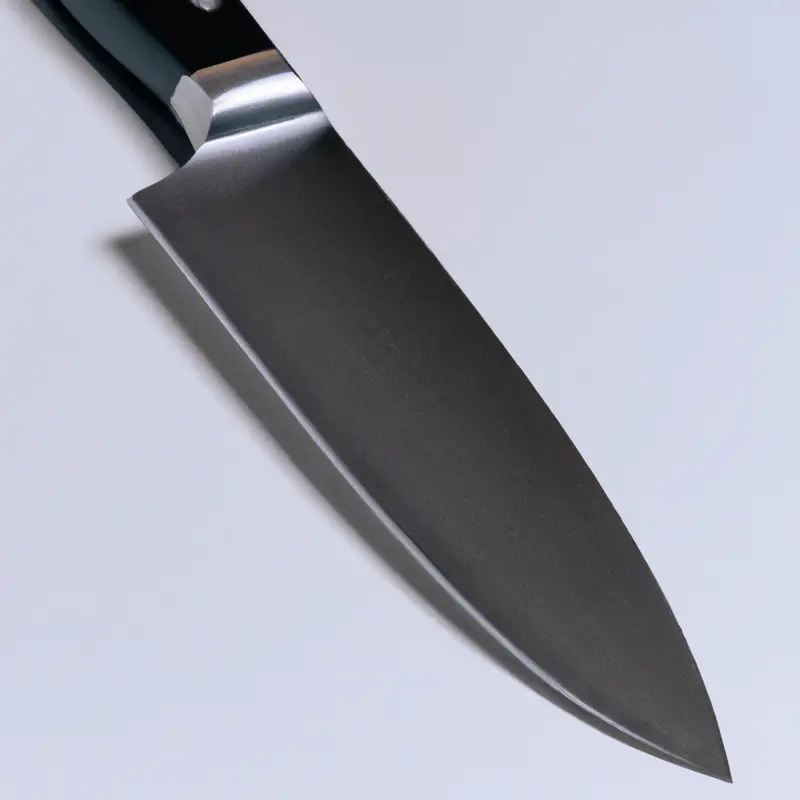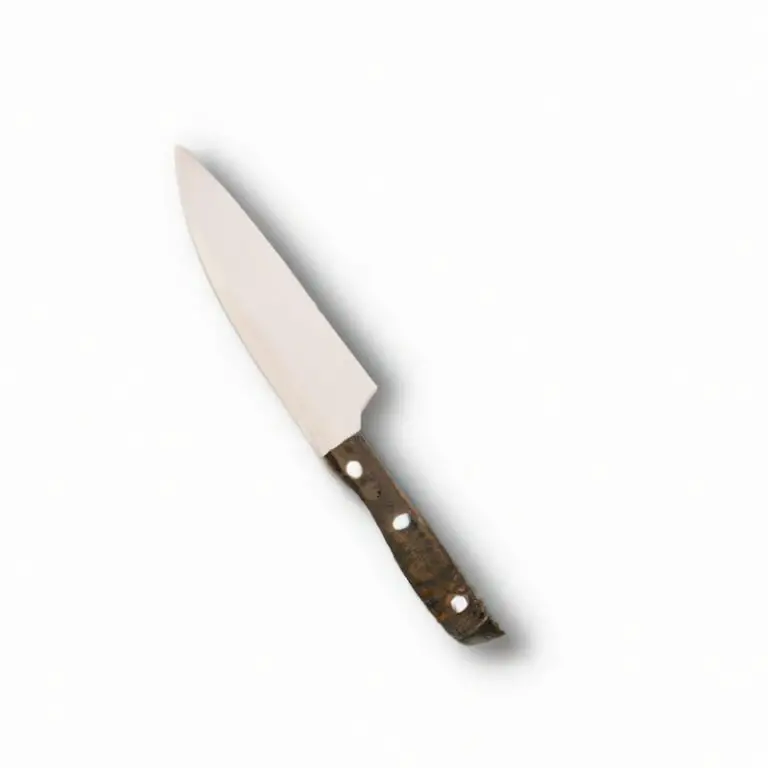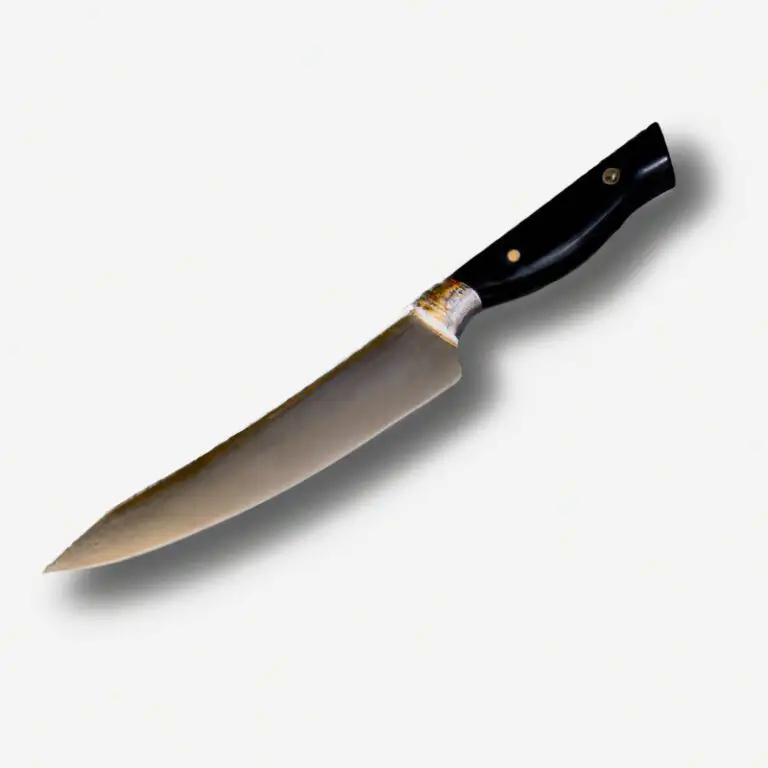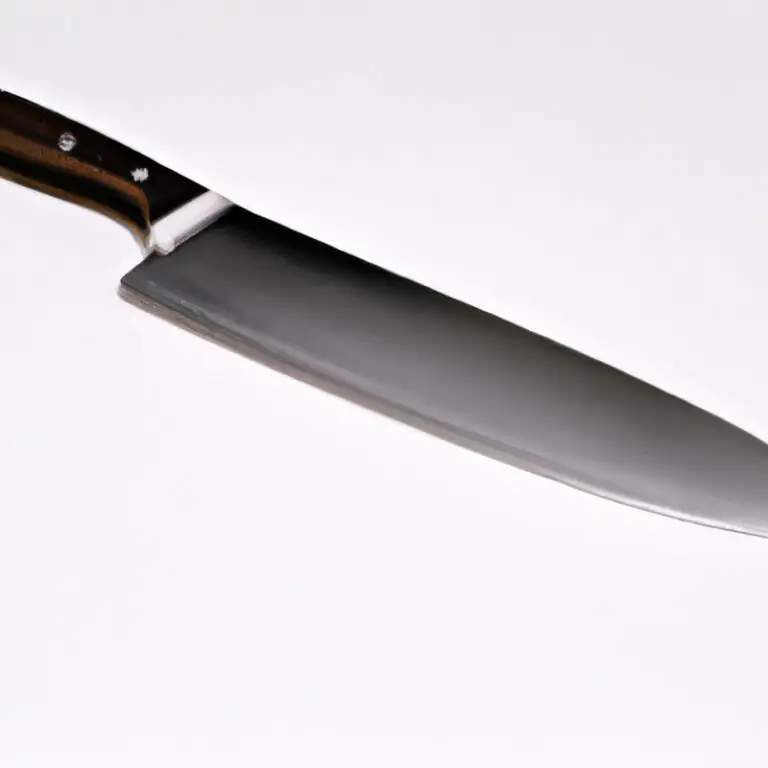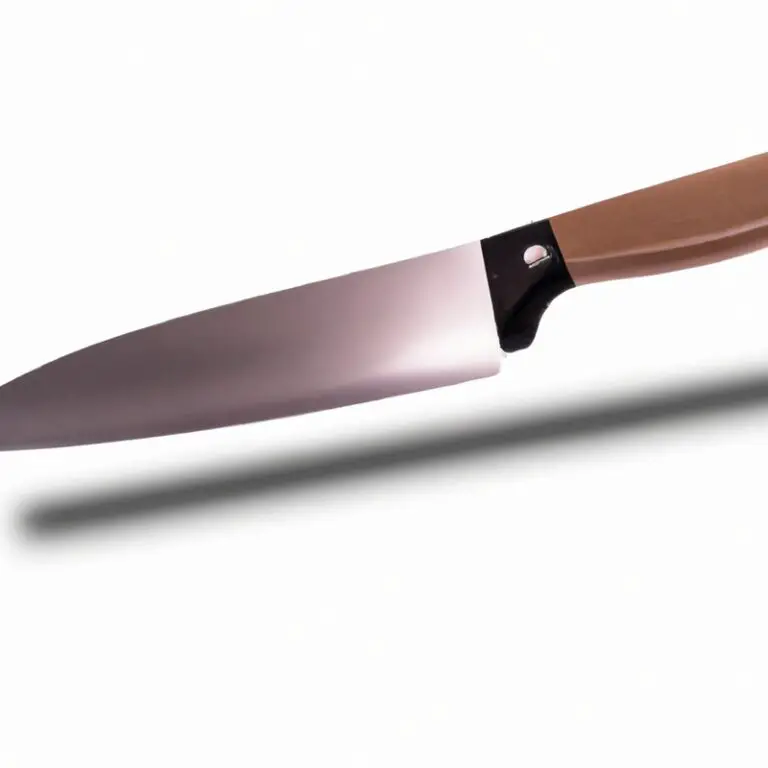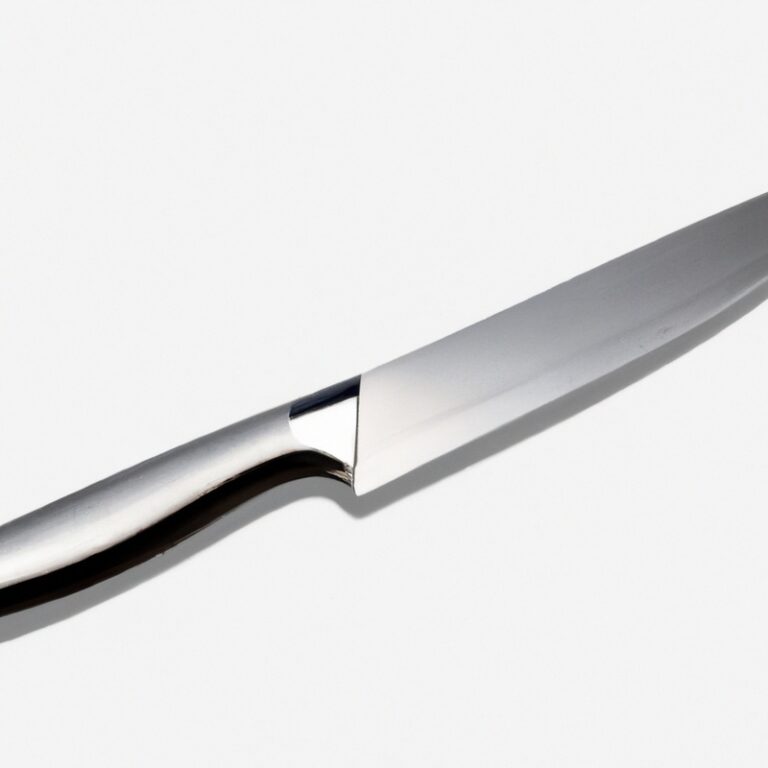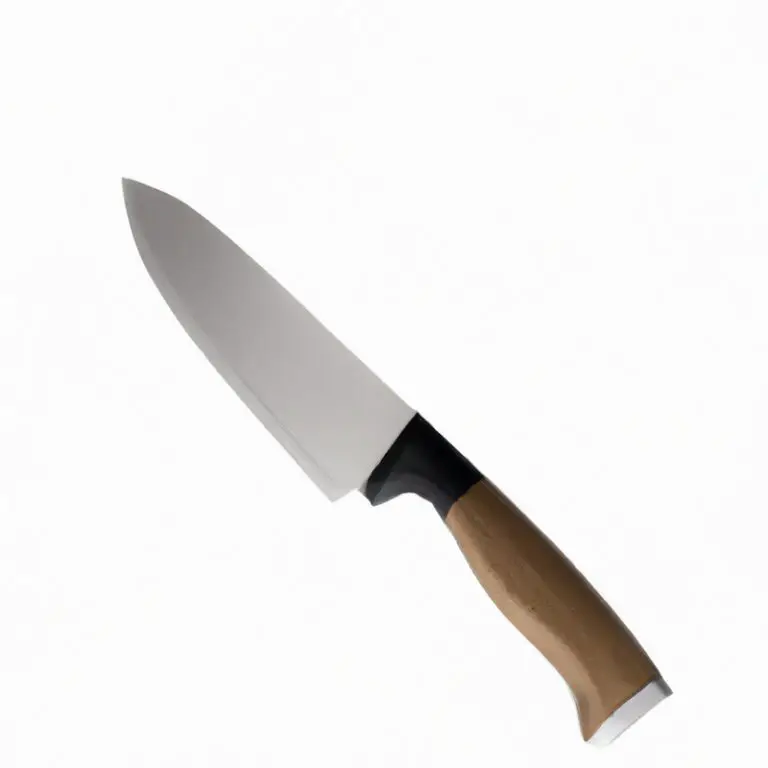How To Safely Use a Chef Knife For Dicing? Try It Now!
Key Takeaways:
- Practice proper technique and hand placement to avoid injuries when using a chef knife for dicing.
- Keep your knife sharp and maintain a steady cutting motion for efficient and safe chopping.
- Use a cutting board to protect your countertop and keep the knife stable while dicing.
- Follow basic kitchen safety rules and keep your knife away from children and other potential hazards.
Picture this: you’re ready to slice and dice an array of ingredients for your next culinary masterpiece. You reach for your trusty chef knife, but do you know how to use it safely?
A chef knife can be a valuable tool in the kitchen, but it can also be dangerous if not handled properly.
In this article, I’ll provide you with comprehensive tips and techniques for safely using a chef knife specifically for dicing. From selecting the right knife to mastering proper hand placement and dicing techniques, to cleaning and maintenance, we’ll cover it all.
So let’s dive in!
| Step | Description |
|---|---|
| 1 | Choose a correctly sized chef knife with a sharp blade. |
| 2 | Secure the cutting board with a damp cloth or a non-slip mat to prevent it from sliding. |
| 3 | Hold the knife handle firmly with your dominant hand and hold the food item with the other hand. |
| 4 | Gently rock the blade back and forth to achieve a smooth and even cut. |
| 5 | Use a claw grip to hold the food item and avoid cutting your fingers. |
| 6 | Avoid using excessive force when slicing or dicing to prevent injury. |
| 7 | Keep the knife blade sharp and honed to prevent slips and incorrect cuts. |
Choosing the Right Knife: A Guide to Chef Knives for Dicing
When it comes to dicing food safely and effectively, choosing the right knife is crucial. A chef’s knife is typically the best choice due to its durability, size, and versatility.
Look for a knife with a blade length of 8-10 inches and a comfortable grip that fits well in your hand.
Consider the material of the blade as well. High-carbon stainless steel is a popular choice, as it is both durable and corrosion-resistant.
Additionally, a sharper knife will make dicing easier and safer, as it requires less force and produces cleaner cuts.
When selecting a chef’s knife for dicing, it is also important to consider the shape of the blade. A straight edge blade is great for chopping, while a serrated edge blade is best for cutting delicate items like tomatoes.
Investing in a high-quality chef’s knife may seem expensive, but it is well worth it in the long run.
A good knife can last a lifetime with proper care and maintenance, and will make the task of dicing food safer and more efficient.
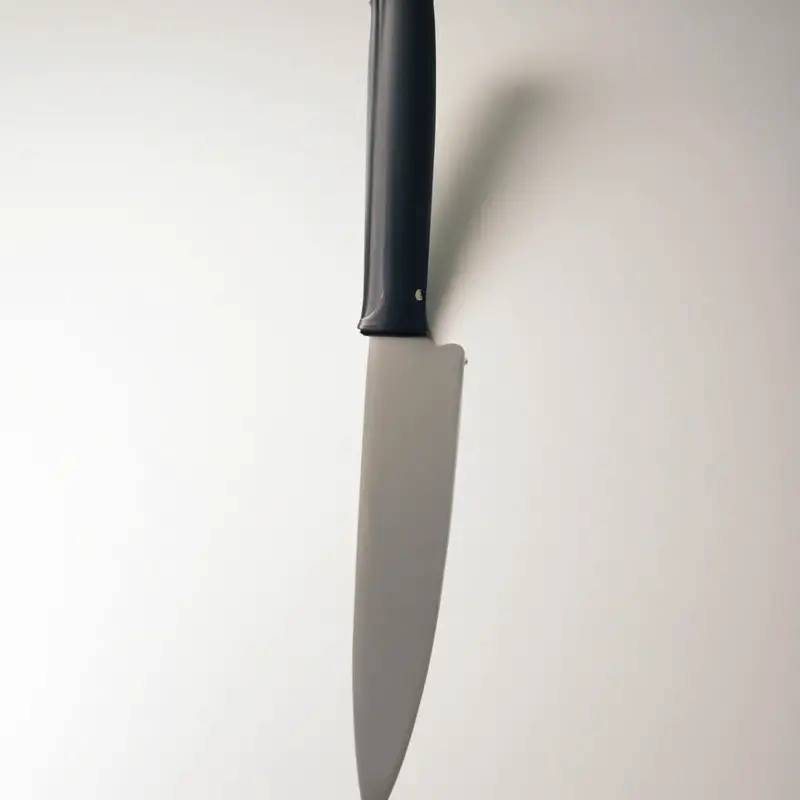
Proper Hand Placement: Minimizing Risk While Dicing with a Chef Knife
Proper hand placement is crucial when using a chef knife for dicing tasks. The most common grip for novice cooks, the “claw grip,” places the fingertips dangerously close to the blade, increasing the risk of injury.
Instead, use the pinch grip, placing your thumb and index finger on either side of the blade while wrapping your remaining fingers around the handle.
This grip offers precise control and minimal movement, minimizing the risk of accidents. Additionally, avoid gripping the knife too tightly, as this can tire your hand and decrease your accuracy.
Remember to keep your fingers tucked in and your palm flat against the handle to ensure a secure grip.
With proper hand placement, you can dice with confidence and reduce the risk of injury.
Sharpening Your Knife: The Importance of a Sharp Edge for Safe Dicing
Keeping your knife sharp is crucial for safe and effective dicing. A dull knife is not only frustrating to use, but it also poses a higher risk of slipping and causing injuries.
A sharp edge allows for a cleaner cut, reducing the amount of force needed to dice, which in turn lowers the risk of accidents.
Aside from safety concerns, a sharp knife also improves efficiency and precision in the kitchen. Make sure to regularly sharpen your knife to maintain its sharpness and ensure safe and effective dicing.
Avoiding the “Claw Grip”: Mastering the Pinch Grip for Precise Cuts
The claw grip can increase the risk of accidents when dicing with a chef knife. To avoid it, try mastering the pinch grip.
This technique involves gripping the handle with three fingers while your thumb and index finger rest on either side of the blade’s base.
The pinch grip offers more control over the blade, allowing you to make precise cuts while reducing the chance of accidental slips. Practice using this grip on a cutting board until it feels natural and comfortable.
With time, it will become second nature, and you’ll be able to dice with precision and safety.
Efficient Technique: Strategies for Dicing Food Safely and Effectively
To efficiently dice food safely, it is recommended to use the rocking motion technique. Hold the knife with a pinch grip, using your thumb and index finger.
Slice the food with a back-and-forth motion, while keeping the other fingers curled inward and away from the blade to avoid cutting them.
Keep the tip of the knife in contact with the cutting board while dicing the food into small, equal pieces. Finally, maintain a slow and steady pace to ensure precision, safety, and consistency when dicing food with a chef knife.
Safety Equipment: Using Cutting Boards and Gloves to Prevent Accidents
To prevent accidents while dicing food with a chef knife, it’s crucial to use safety equipment such as cutting boards and gloves. Cutting boards provide a stable surface for cutting and prevent the knife from slipping.
Choose a sturdy, non-slip board that won’t slide around on your countertop.
Additionally, gloves can provide protection from cuts and help you maintain a firm grip on the knife. Look for cut-resistant gloves designed specifically for kitchen use.
Remember to always use caution when handling sharp knives, even with safety equipment in place.
Cleaning Your Knife: Proper Maintenance and Care to Ensure Safe Dicing
Proper maintenance and care of your chef knife are critical to ensuring its longevity and continued safe use. After each use, it’s essential to clean your knife thoroughly with warm, soapy water and dry it immediately to prevent rusting.
Avoid putting your knife in the dishwasher, as high heat and harsh detergents can damage the blade’s edge and handle.
Additionally, it’s vital to store your chef knife appropriately to prevent it from dulling or potentially causing harm. Never store your knife in a kitchen drawer or mixed in with other utensils, as this can damage the blade or cause accidental injury.
Instead, invest in a knife block or magnetic strip to keep your knife safely stored and within easy reach.
Regularly sharpening your chef knife is also essential for optimal performance and safe use. While some chefs sharpen their knives every time they use them, others may only need to sharpen them every few weeks, depending on frequency of use.
To sharpen your knife effectively, consider using a honing steel or a sharpening stone – there are various resources available for learning proper sharpening techniques.
By taking proper care of your chef knife, you not only extend its life, but also ensure safe dicing for years to come.
The Most Common Dicing Mistakes: How to Avoid Injury and Improve Performance
The most common dicing mistakes involve improper technique and lack of focus, which can result in injuries and poorly cut food. To avoid injury and improve performance, it is important to keep these mistakes in mind and make a conscious effort to avoid them.
One common mistake is using too much force when cutting, which can cause the knife to slip and lead to injuries.
To avoid this, use a sharp knife and let it do the work instead of applying pressure. Another mistake is lifting the knife too high when dicing, which can make it difficult to control and result in uneven cuts.
Instead, keep the blade close to the cutting board and use a steady, back-and-forth motion.
Lastly, not paying attention to where your other hand is while cutting is a common mistake. Ensure that your non-dominant hand is holding the food steady and not in the path of the knife.
By avoiding these common mistakes and practicing proper dicing techniques, you can improve your performance in the kitchen and reduce the risk of injury.
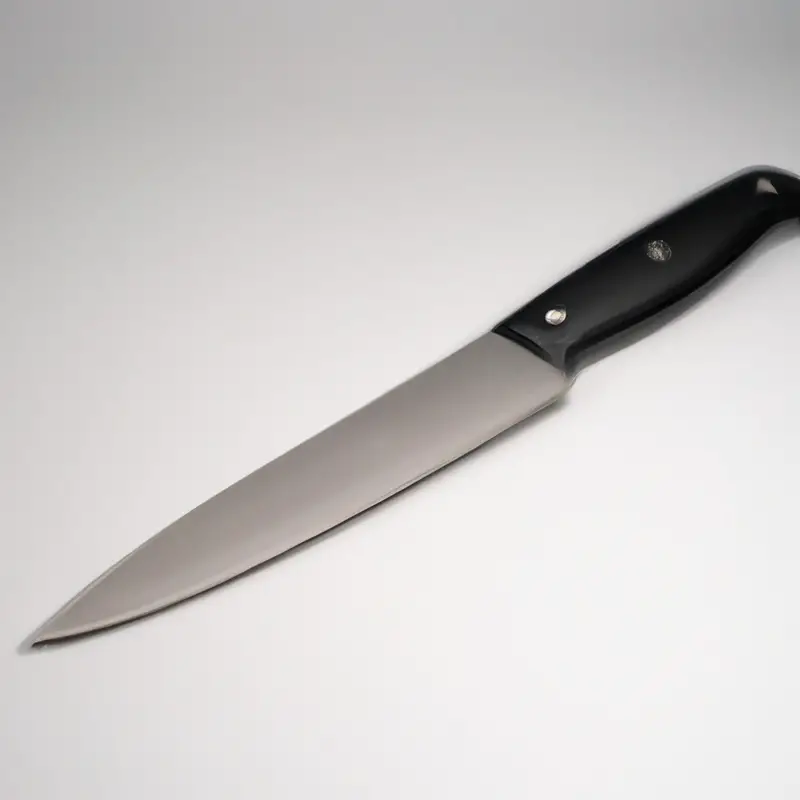
Exploring Different Dicing Styles: Choosing the Right Technique for Your Needs
There are different dicing styles to choose from depending on your needs. The most common styles are the classic dice, julienne, brunoise, and chiffonade.
Each style has its own unique cut size and shape, making them suitable for various dishes or ingredients.
For example, the classic dice is a ¾ inch cube that is perfect for soups, stews, and salads. Julienne is a long, thin strip that works well for stir-fries and garnishes.
Brunoise is a small dice that is perfect for sauces and dressings, while chiffonade is a thin slice used for leafy greens and herbs.
It’s important to choose the right dicing style to ensure that your dish looks and tastes its best. Take into consideration the texture and size of the ingredient, as well as how it will be cooked or served.
Experiment with different dicing styles to find the one that works best for your needs.
In summary, selecting the appropriate dicing style can elevate the presentation and flavor of your dish. Experiment with different styles and pay attention to the texture and size of your ingredients to achieve the desired outcome.
Embracing Slow and Steady: The Benefits of Slow, Deliberate Dicing Techniques
Slow and deliberate dicing techniques have several benefits. First, they reduce the risk of injury by increasing control and precision.
Cutting slowly and steadily allows for more accurate cuts, reducing the likelihood of accidentally cutting into your fingers.
In addition, slow dicing can result in more consistent cuts, leading to better presentation and even cooking times. It also allows you to enjoy the food preparation process, taking your time to appreciate the flavors, aromas, and textures of the ingredients.
Overall, slow and steady dicing techniques can help improve your cooking skills, enhance your safety, and enhance your overall culinary experience.
Final Verdict
To become a safe and efficient chef, it’s crucial to master the art of dicing with a chef knife. Through proper technique, handling, maintenance, and the right equipment, you can minimize the risk of injury while maximizing your performance in the kitchen.
Whether you’re a seasoned professional or a home cook looking to improve your skills, investing time in practicing safe dicing techniques is essential.
By implementing the strategies and tips discussed in this guide, you can significantly enhance your confidence and accuracy when it comes to dicing food with a chef knife. With persistence and dedication, you can turn dicing into an enjoyable and rewarding culinary experience and impress your guests with your skills.
Remember, safety should always come first, but with practice, you can master the art of dicing like a pro.

